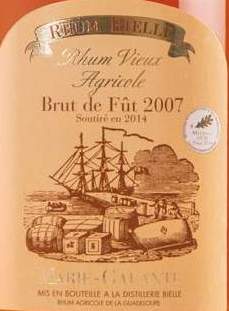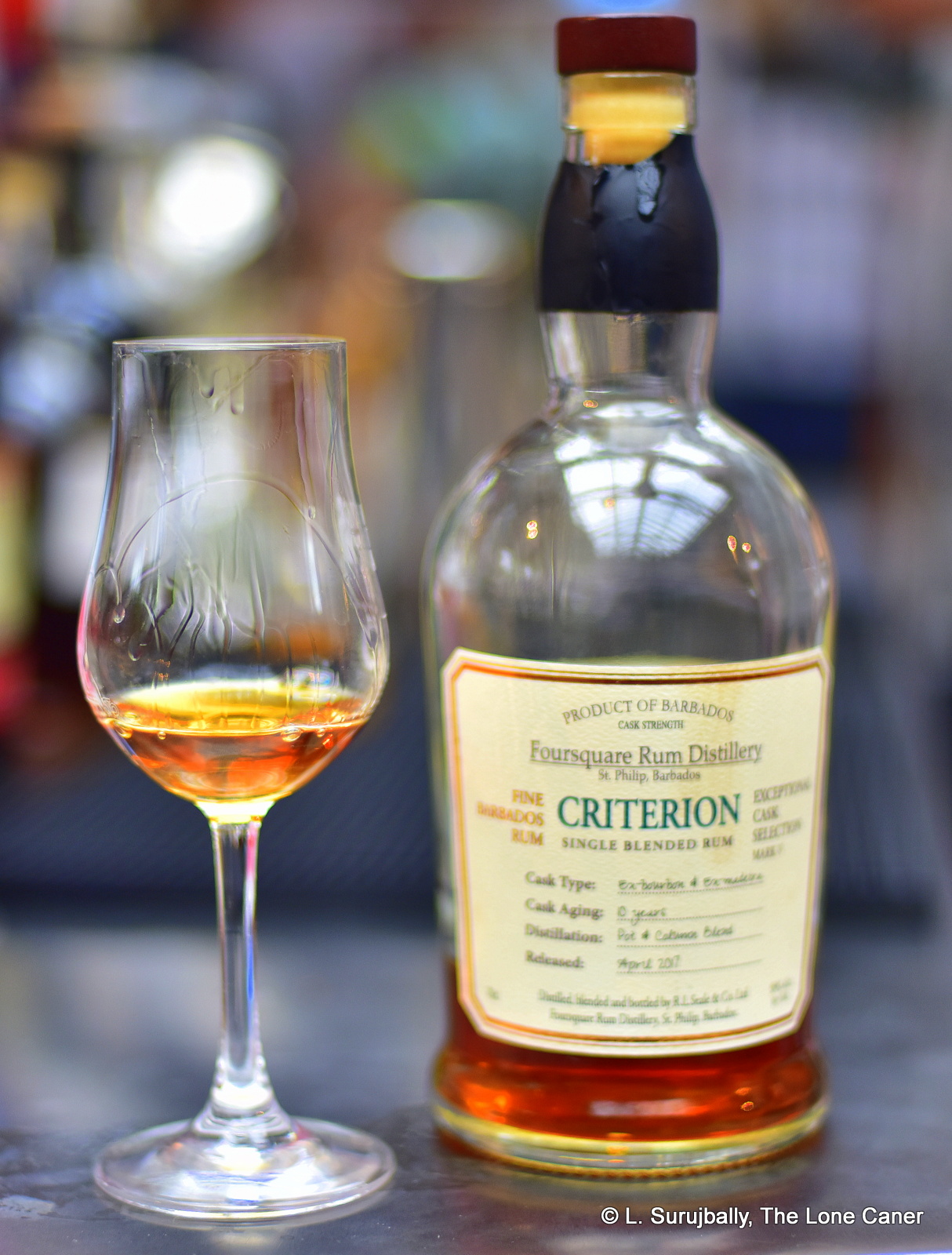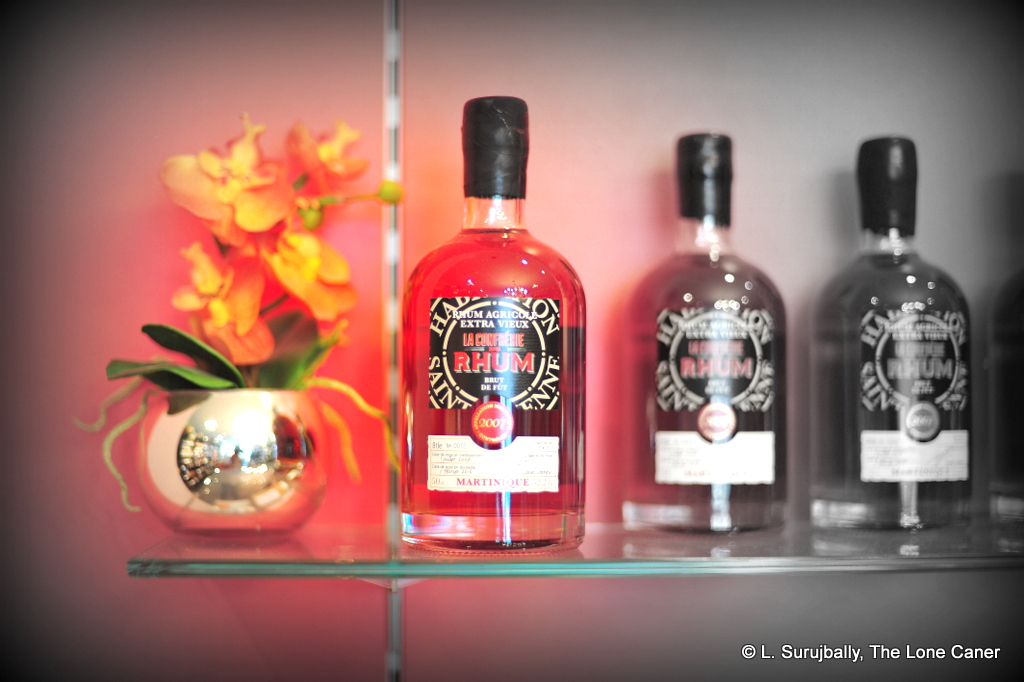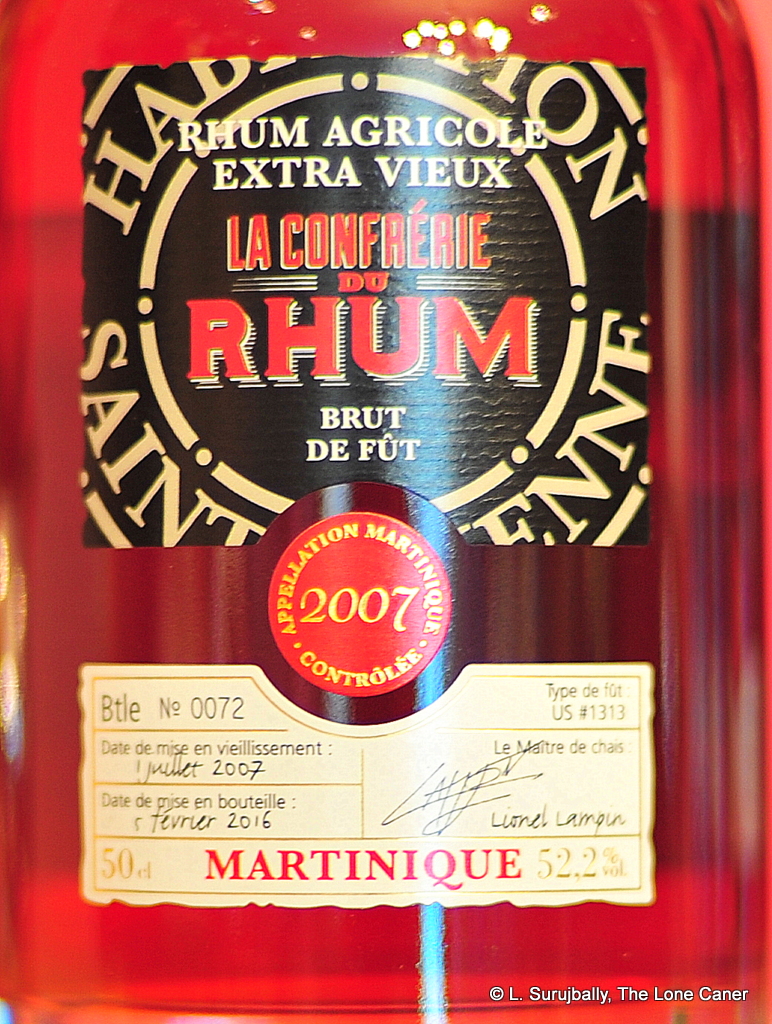By now it’s almost like an annual event at the beginning of each new rum-release season: Velier makes an announcement about a co-bottling or a new rum, or a whole new series, and the rumiverse goes politely batsh*t for a while. To be honest, I kind of look forward to see what they come up with myself, because you really can’t fault their originality, or their style. And the rums themselves are usually interesting, with an occasional gem popping up here and there.
Now, most independents go with the standard big Caribbean distilleries, keep the labels consistent, and stay within just a few clearly pre-established “ranges.” Not Velier. They go off on their own tangent, every time. There was the clairins in 2014, HV in 2015, the pair of Indian ocean rums in 2017, the Hampden launch in 2018 (and all its various sub-series like Great House and Endemic Birds et al, since then), the Barbosa grogue and Villa Paradisetto in 2019, Japoniani in 2020, and — well, I could go on. Each has its own label design aesthetic, and tries to be original in some small way. For the 2022 season, then, the pride of place along with the Papa Rouyos and twenty Saint James expressions was surely the Magnum Series No.1 featuring Elliot Erwitt’s black and white photos on the label.
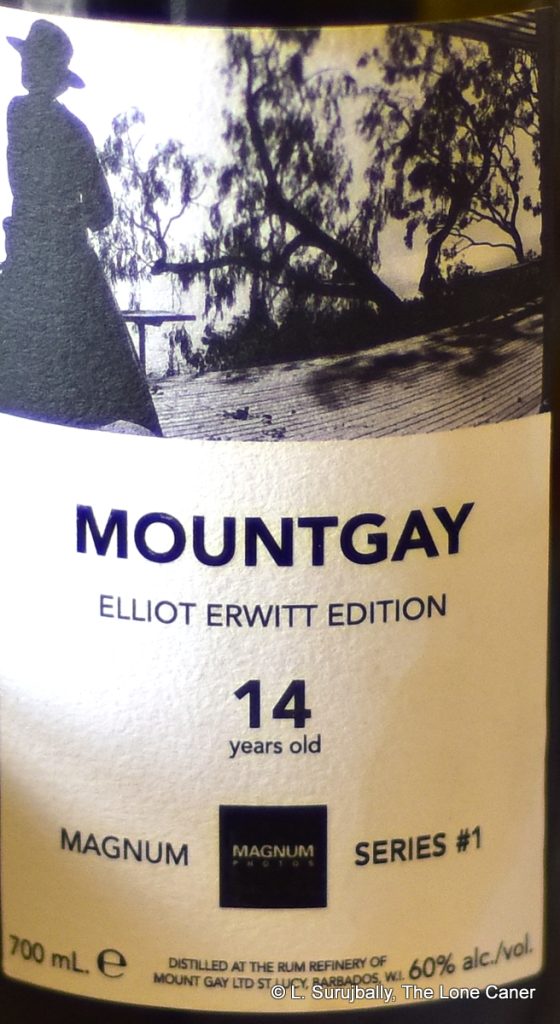 The Magnum series of rums capitalises on the same literary concept as the seven founders of the famed photo agency wanted for their own organisation when they created and titled it in 1947, namely the multiple meanings and connotations of the word — greatness in Latin, toughness in the association with the gun, and celebration in its champagne mode (it’s just a happy coincidence that when discussing the matter they always drank magnums of champagne). Since Luca Gargano is a photo buff himself, I’m sure the references resonated with him. Four photographs made by Elliot Erwitt — an American photographer who was asked by Robert Capa to join the agency in 1954 — grace the four (black) bottles of the first release, but I don’t think they have direct relationships with the contents of the bottles in any way, and were chosen simply because they were appreciated as works of art.
The Magnum series of rums capitalises on the same literary concept as the seven founders of the famed photo agency wanted for their own organisation when they created and titled it in 1947, namely the multiple meanings and connotations of the word — greatness in Latin, toughness in the association with the gun, and celebration in its champagne mode (it’s just a happy coincidence that when discussing the matter they always drank magnums of champagne). Since Luca Gargano is a photo buff himself, I’m sure the references resonated with him. Four photographs made by Elliot Erwitt — an American photographer who was asked by Robert Capa to join the agency in 1954 — grace the four (black) bottles of the first release, but I don’t think they have direct relationships with the contents of the bottles in any way, and were chosen simply because they were appreciated as works of art.
So let’s get started with the first of the four, the Mount Gay, which could equally well be called the Last Last Last Ward. It is a pot still distillate laid down in 2007 when Frank Ward was still running the joint; the idea was to create a new and different brand called Mount Gilboa, and there have been some barrels that the Ward family kept after the takeover by Remy Cointreau, some of which were bottled as the Last Ward rums of the Habitation Velier line. The rum was triple distilled on double retort pot stills and aged in American white oak for 14 years (unlikely to be new – the influence would be too great, so my money is on ex-bourbon casks), after which a mere 600 bottles were squeezed out at 60% ABV.
What comes out at the other end after a near decade and a half is really kind of spectacular. The initial aromas are a perfumed symphony of sweet molasses, honey, and flambeed bananas in a luscious kind of mélange. A vein of sweet and creamy caramel coffee winds its way around rich scents of custard, coconut shavings and vanilla. This is offset by the tart muskiness of soft and almost-overripe fruits: pears, guavas, oranges, apples, grapes, black cherries. I enjoyed the hint of the spices – cinnamon, cardamom, rosemary — and the whole thing displays a depth of complexity not to be sneezed at.
It tastes really good too. The 60% lands on the palate as solidly as a right-wing extremist’s denial of …well, anything. It’s deceptively soft, the impact doesn’t get there until later: initially it’s all mushy fruit and smoke and leather, with the barest bitter tang of oakiness. Vanilla, coconut shavings, those flambeed bananas again, plus light florals, a touch of smoke, and a creamy, tart yoghurt mixing it up with honey, caramel, and a dusting of cinnamon and cardamom. The finish is a gradual come down from these heights – it’s epically long, of course, and doesn’t feel like adding anything to the party, being content to sum up with light molasses, yoghurt, those ripe fruits, pineapples and spices.
Overall, I think the rum is great, and it reminds me a lot of the Habitation Velier Last Ward 2007 and 2009 rums – which is hardly surprising since they come from the same batch of barrels squirrelled away all those years ago. They all have that sense of displaying a sort of quality without effort, like it was hardly even trying, and are quite different from the normal run of Mount Gay rums which are more widely available, and more affordable. The Magnum is neither worse nor better than either of those two earlier HV editions – better to say it exists on that same level of pot still excellence, and I suppose that if the distillate had not been used for the Magnum line, it would have been completely appropriate to be the third Last Ward in the Habitations. The price will probably keep the average buyer away, but for those who can score a sample or even a bottle of this latest in the Velier lineup, I think it’s more than worth it.
(#948)(88/100) ⭐⭐⭐⭐
Other notes
- Opinions on the online databases like Rum-X and Rum Ratings mostly felt it did not quite come up to snuff; in doing my last checks before posting this review, was surprised to see I liked it more than most. I passed over comments like the alcohol being too high or the profile not being their thing (those are personal opinions, and each has their own which won’t necessarily align with mine), but one thing must be conceded: there are other Barbadian rums out there — some even from Mount Gay — which are almost or equally good, and which cost less. It has to be accepted that part of the price here is the rarity and small outturn, and the premium of the name.
- The photograph on the label is a 1999 photo of the Californian seaside resort of Pacific Palisades.
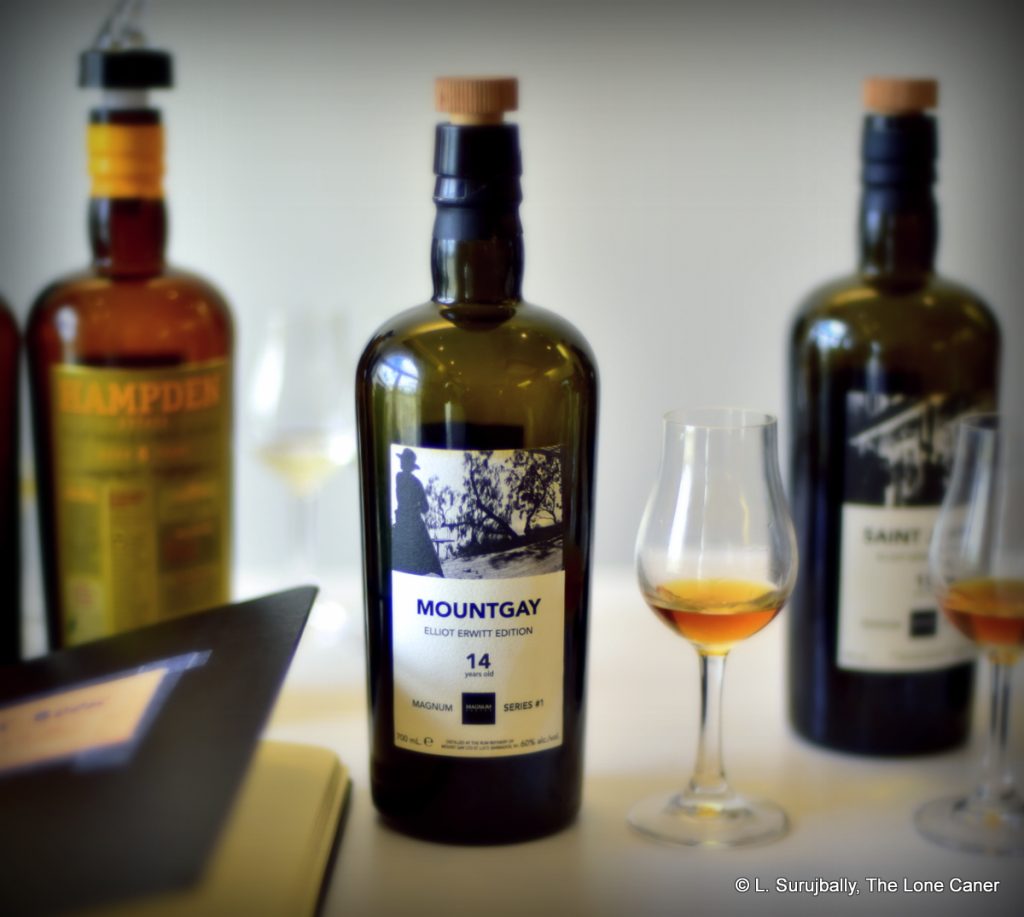
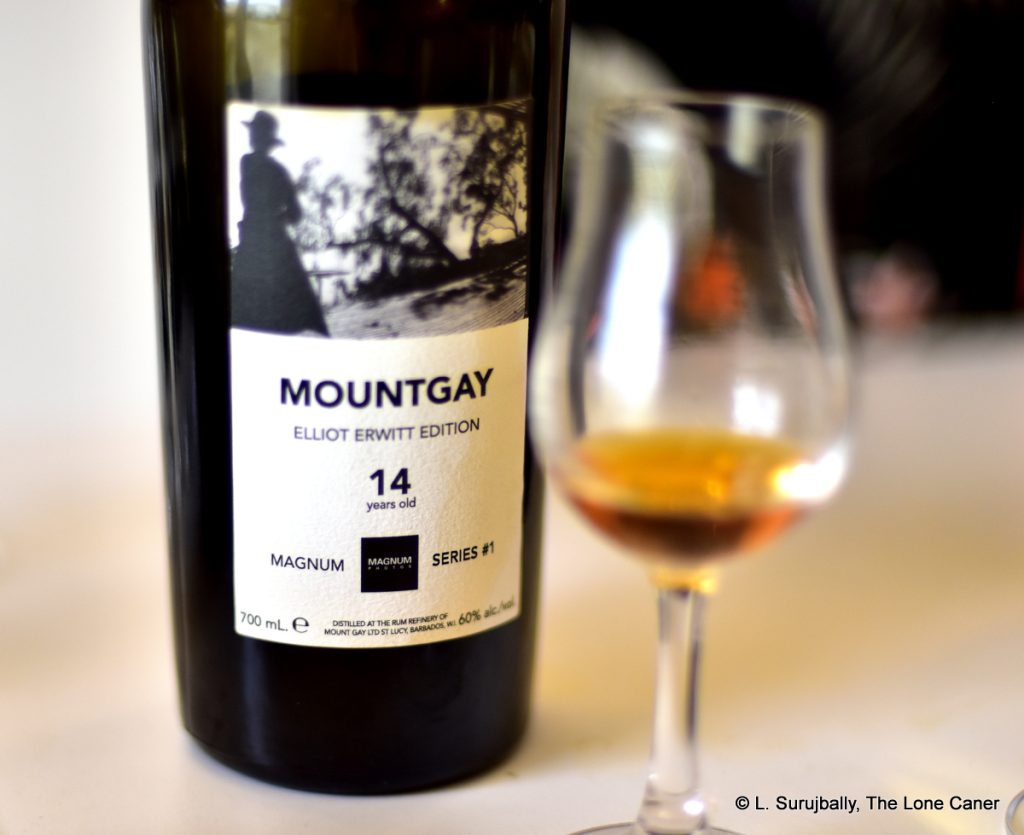
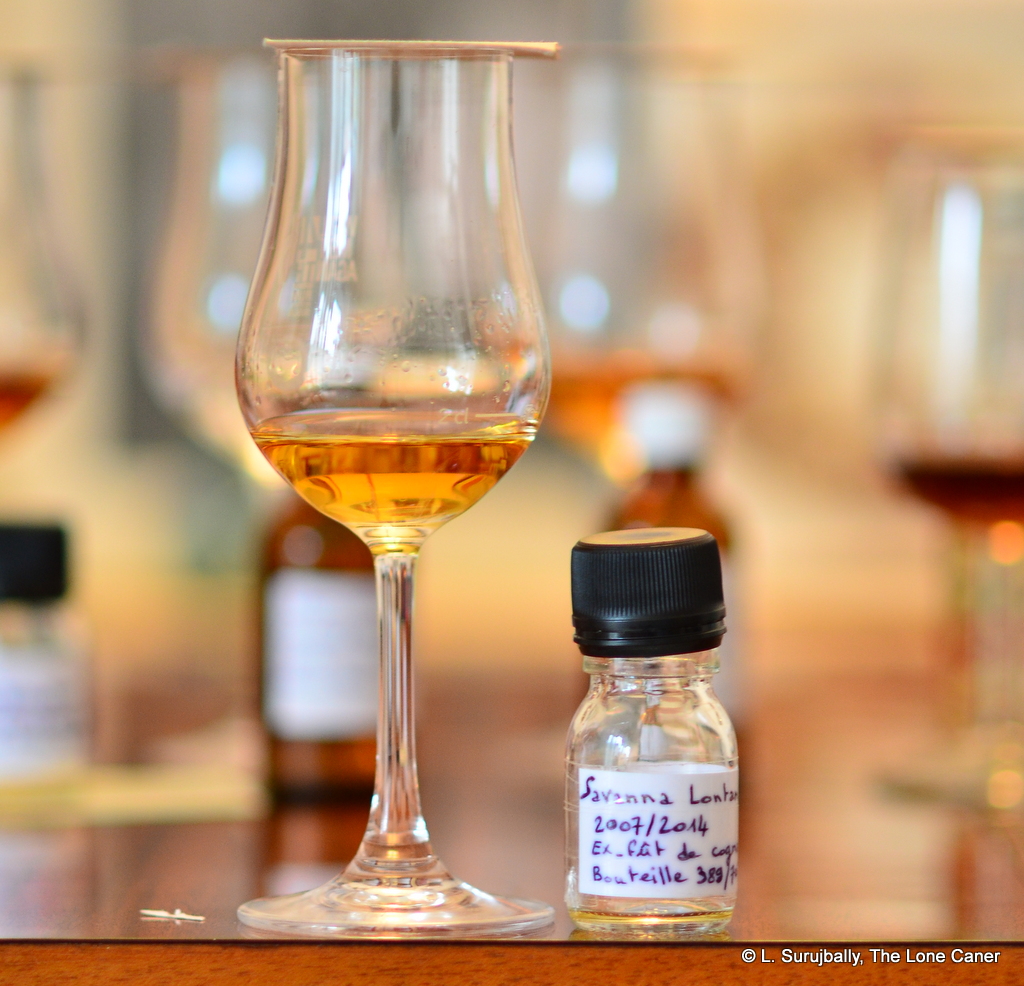
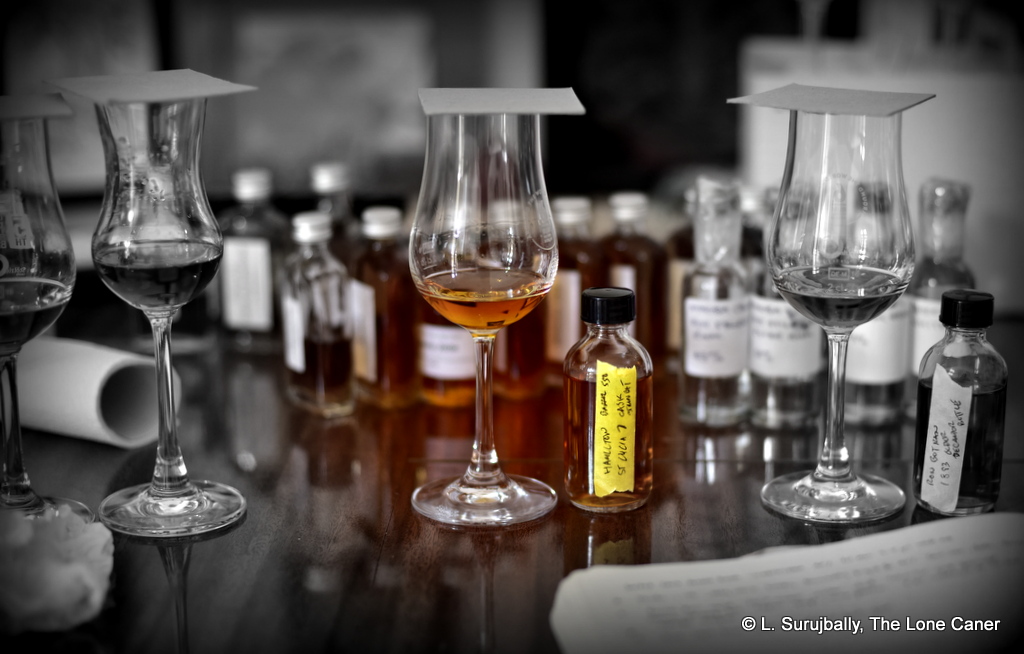
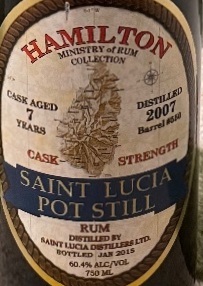 Today we’re looking at the Hamilton 2007 7 year old rum sent to me by my old schoolfriend Cecil Ramotar, which can be considered a companion review to the
Today we’re looking at the Hamilton 2007 7 year old rum sent to me by my old schoolfriend Cecil Ramotar, which can be considered a companion review to the 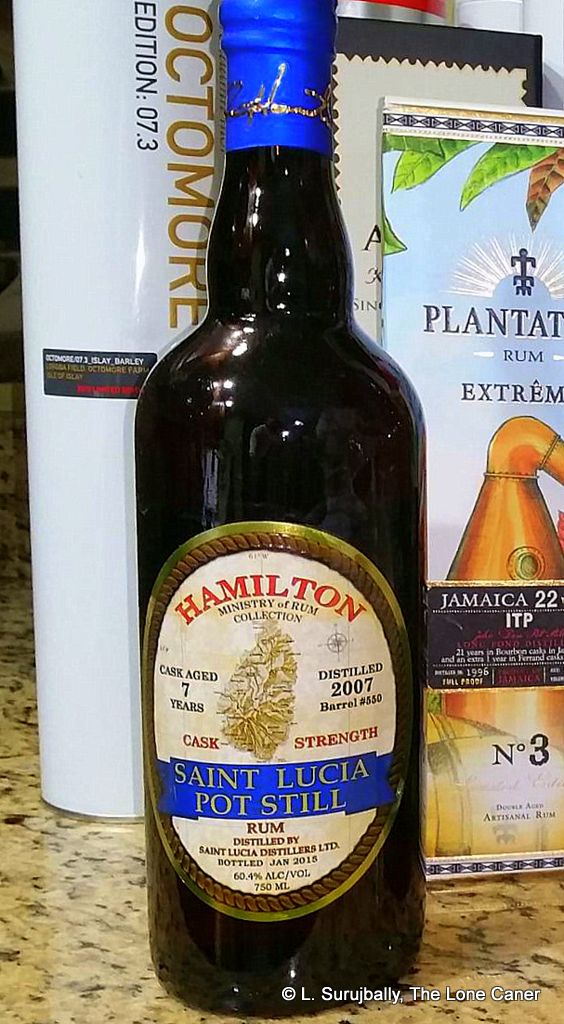 Clearing away the dishes, it’s a seriously solid rum. If I had to chose, I think the 2004 9 Year Old edges this one out by just a bit, but the difference is more a matter of personal taste than objective quality, as both were very tasty and complex rums that add to SLD’s and Ed Hamilton’s reputations. It’s a shame that the line wasn’t continued and added to — no other St. Lucia rums have been added to the Hamilton Collection since 2015 (at least not according to
Clearing away the dishes, it’s a seriously solid rum. If I had to chose, I think the 2004 9 Year Old edges this one out by just a bit, but the difference is more a matter of personal taste than objective quality, as both were very tasty and complex rums that add to SLD’s and Ed Hamilton’s reputations. It’s a shame that the line wasn’t continued and added to — no other St. Lucia rums have been added to the Hamilton Collection since 2015 (at least not according to 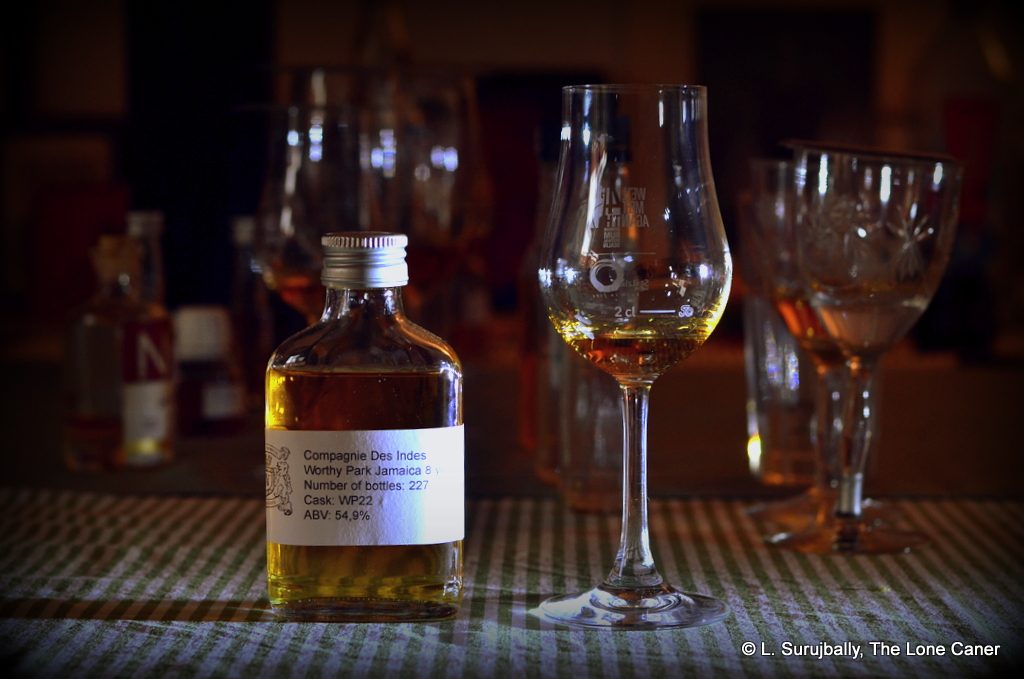
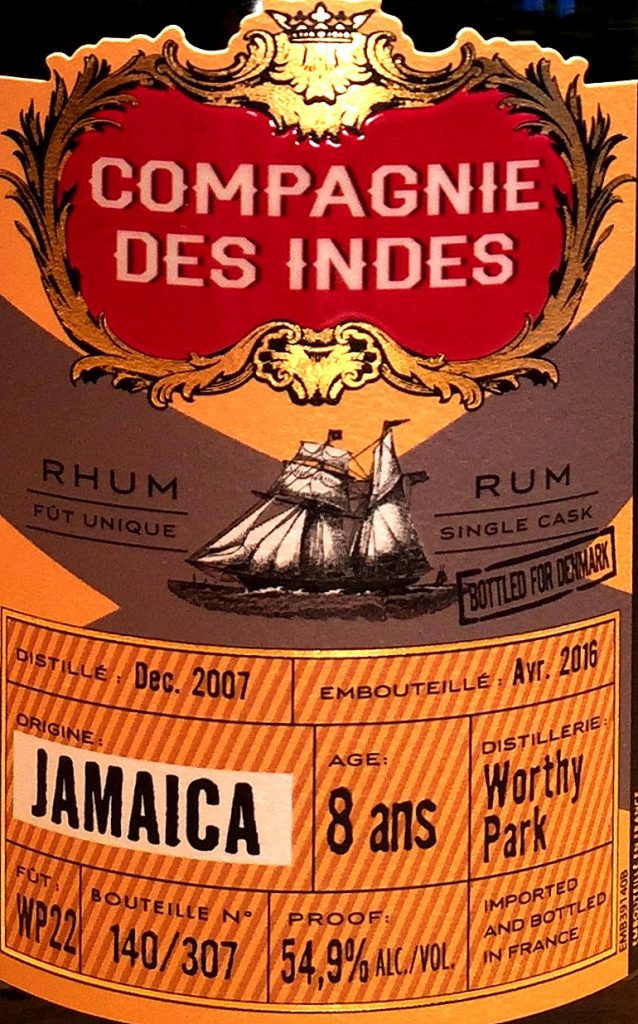 This brings us to the
This brings us to the 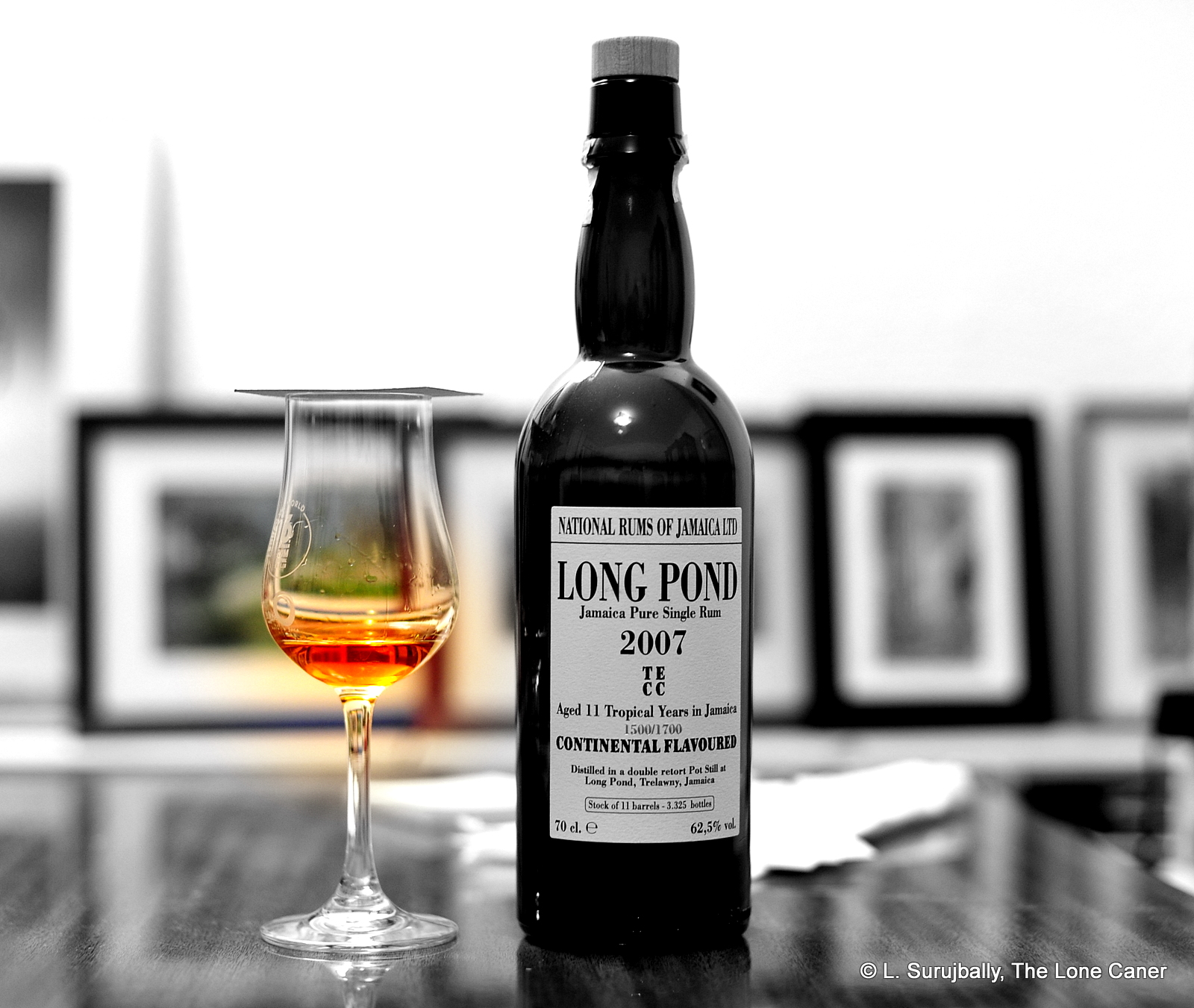
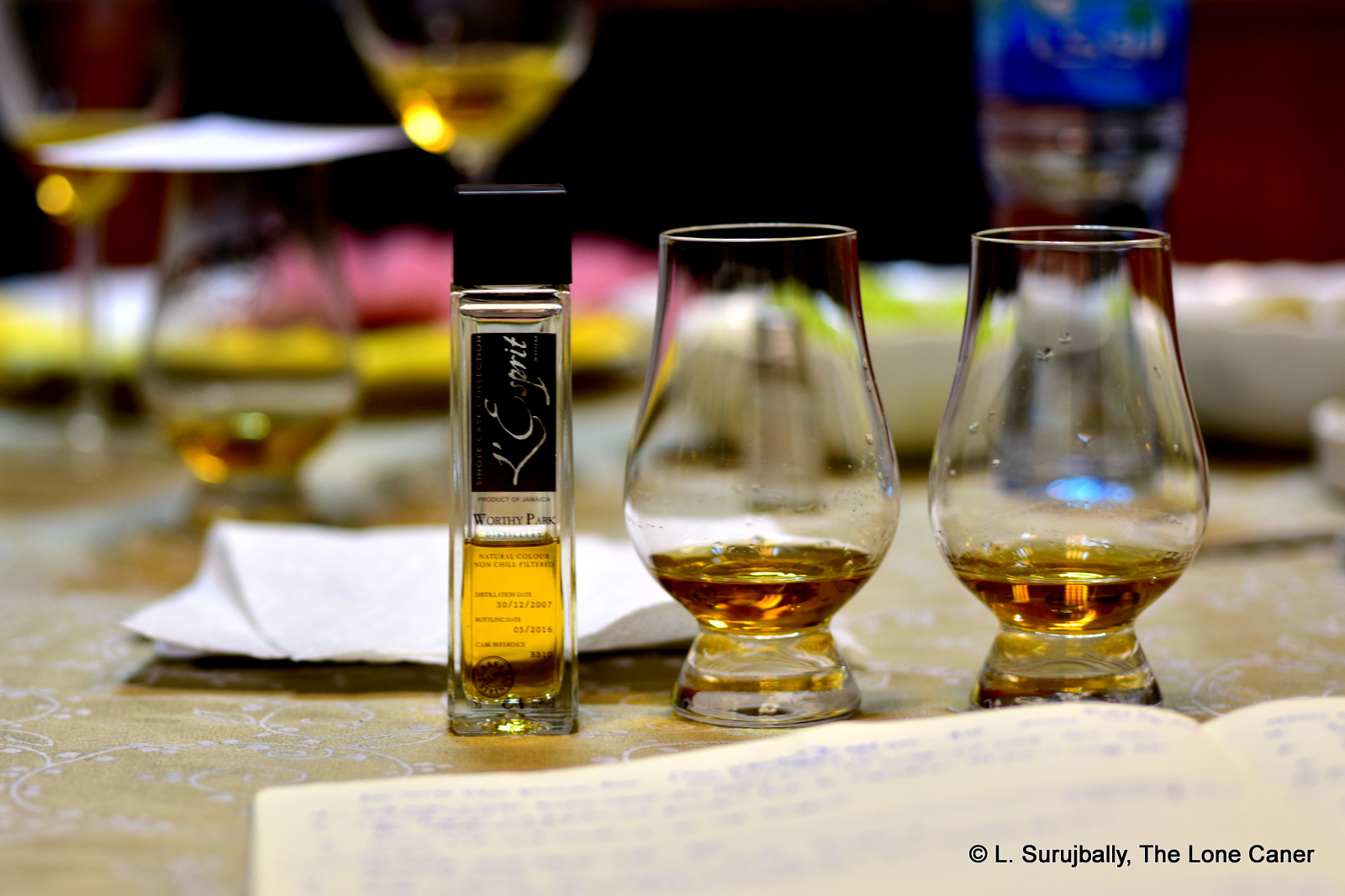
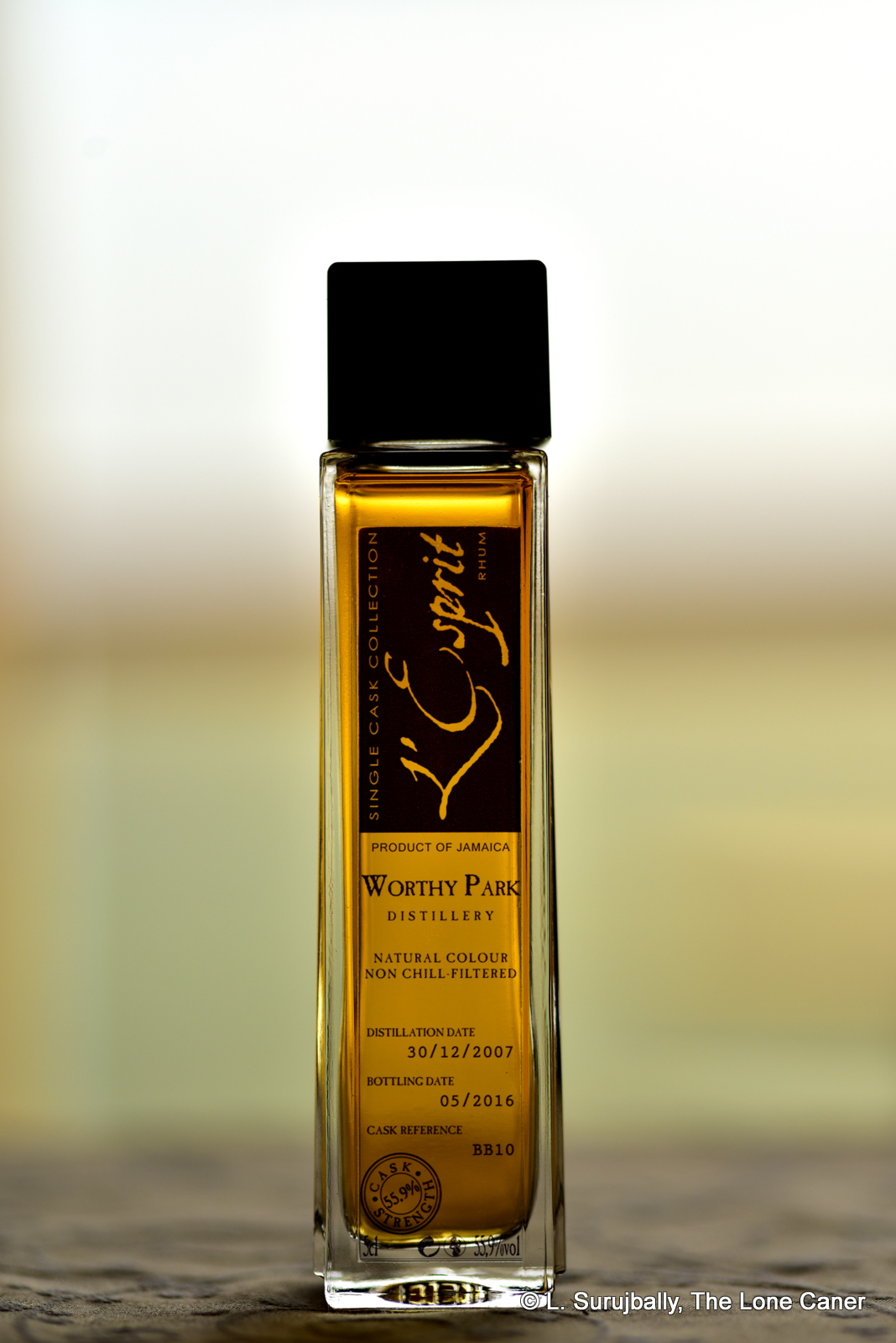 So, given how many Jamaicans are on the scene these days, how does this young, continentally aged 55.9% golden rum fare? Not too shabbily. It’s strong but very approachable, even on the nose, which doesn’t waste any time getting started but announces its ester-rich aromas immediately and with authority: acetone, nail polish and some rubber plus a smell of righteous funk (spoiling fruits, rotten bananas, that kind of thing). Its relative youth is apparent in the uncouth sharpness of the initial aromas, but once one sticks with it, it settles into its own special groove, calms itself down and does a neat little balancing act between sharper scents of citrus, cider, apples, hard yellow mangoes and green grapes, and softer ones of bananas, cumin, vanilla, marshmallows and cloves.
So, given how many Jamaicans are on the scene these days, how does this young, continentally aged 55.9% golden rum fare? Not too shabbily. It’s strong but very approachable, even on the nose, which doesn’t waste any time getting started but announces its ester-rich aromas immediately and with authority: acetone, nail polish and some rubber plus a smell of righteous funk (spoiling fruits, rotten bananas, that kind of thing). Its relative youth is apparent in the uncouth sharpness of the initial aromas, but once one sticks with it, it settles into its own special groove, calms itself down and does a neat little balancing act between sharper scents of citrus, cider, apples, hard yellow mangoes and green grapes, and softer ones of bananas, cumin, vanilla, marshmallows and cloves.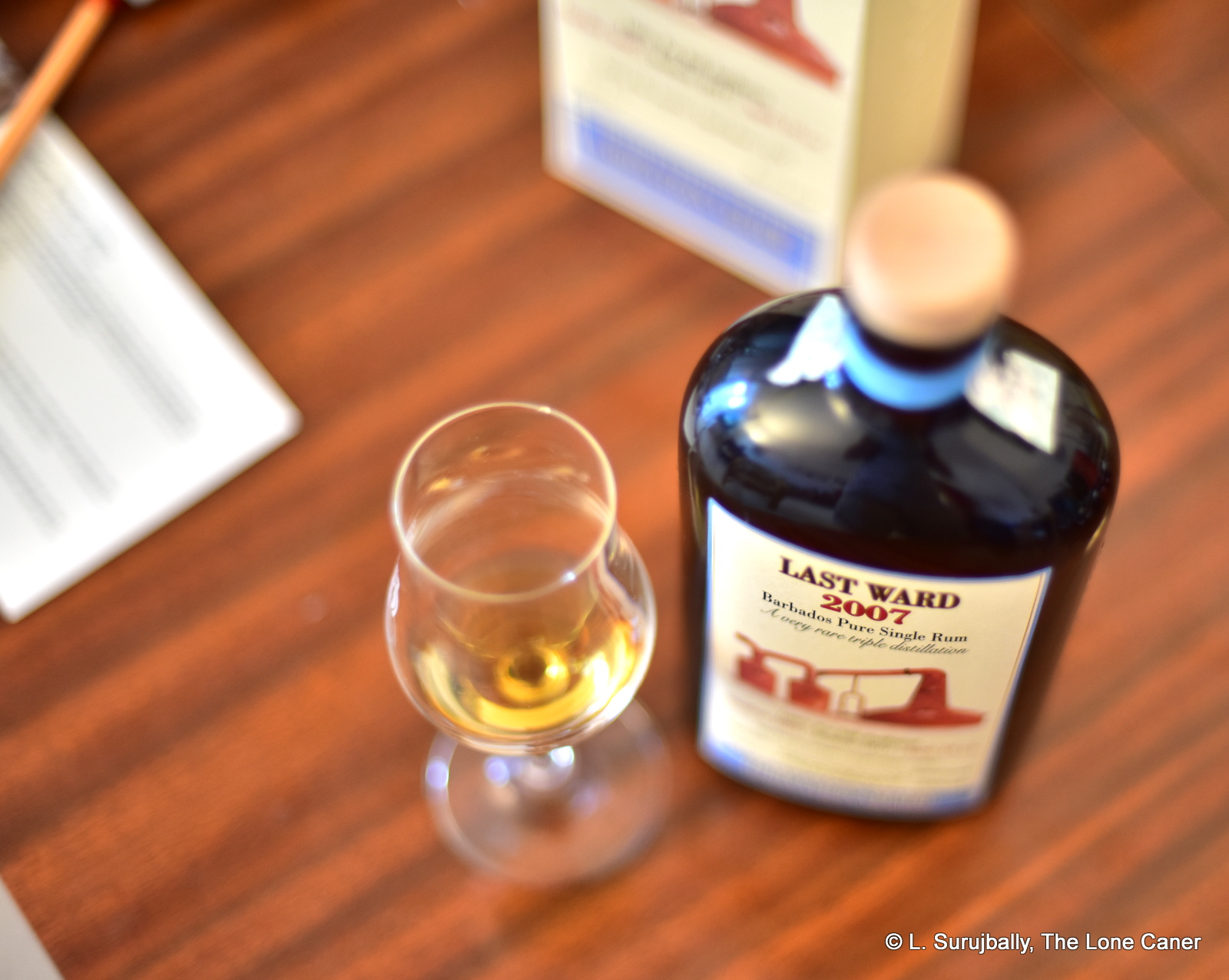
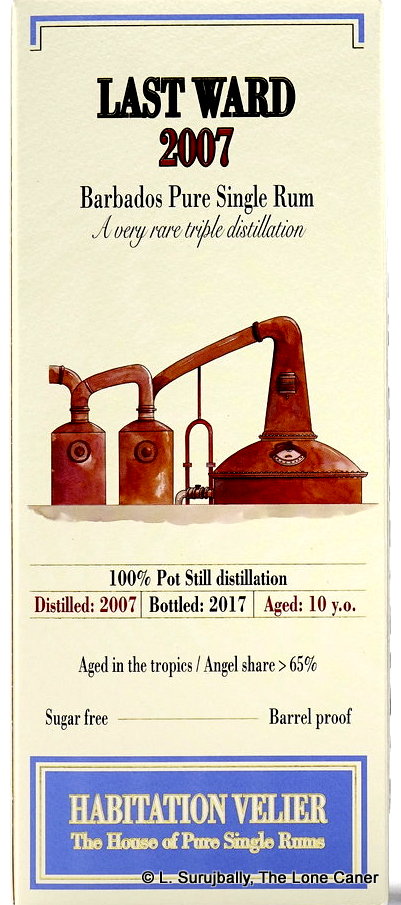 Did all that history and age and heritage translate into a rum worth drinking? It’s not always the case, of course, but here the answer is a firm yes. It started with the nose, where the very first word of my notes is “Wow.” It was smooth and heated, handling the 59% ABV quite well, smelling of furniture polish, leather, light flowers, bags of white chocolate, nougat, toblerone, coffee grounds and salt caramel. It was aromatic enough to make me think of a warmer, softer
Did all that history and age and heritage translate into a rum worth drinking? It’s not always the case, of course, but here the answer is a firm yes. It started with the nose, where the very first word of my notes is “Wow.” It was smooth and heated, handling the 59% ABV quite well, smelling of furniture polish, leather, light flowers, bags of white chocolate, nougat, toblerone, coffee grounds and salt caramel. It was aromatic enough to make me think of a warmer, softer 

